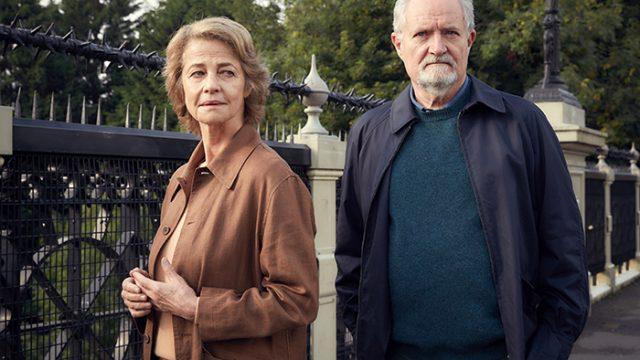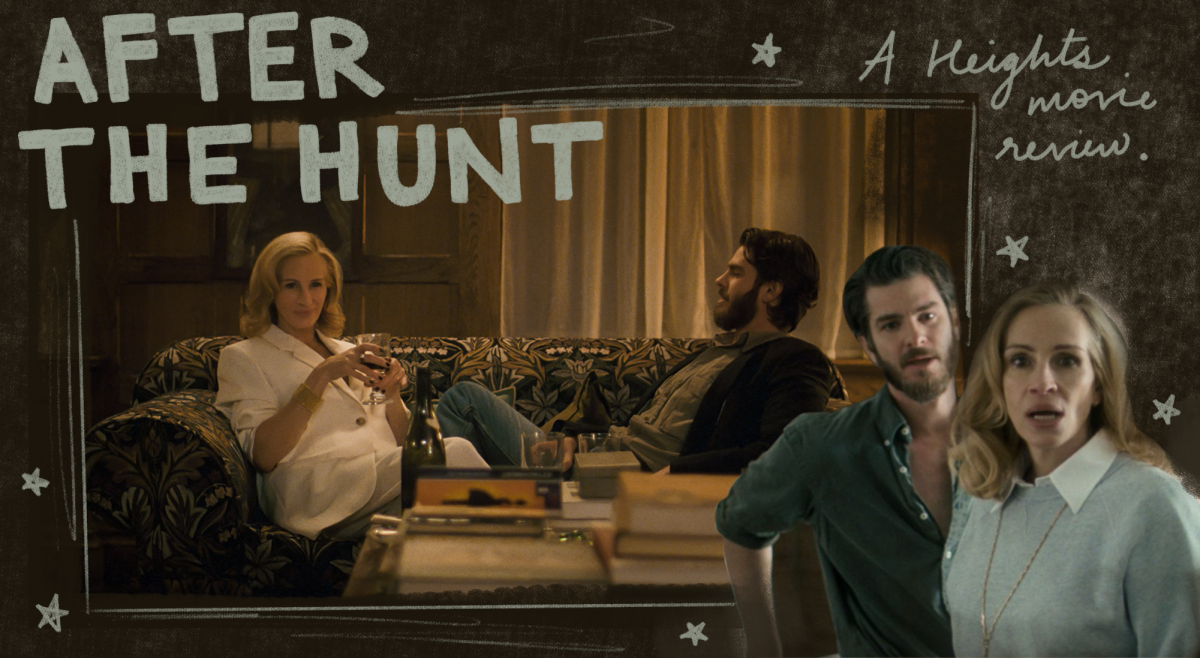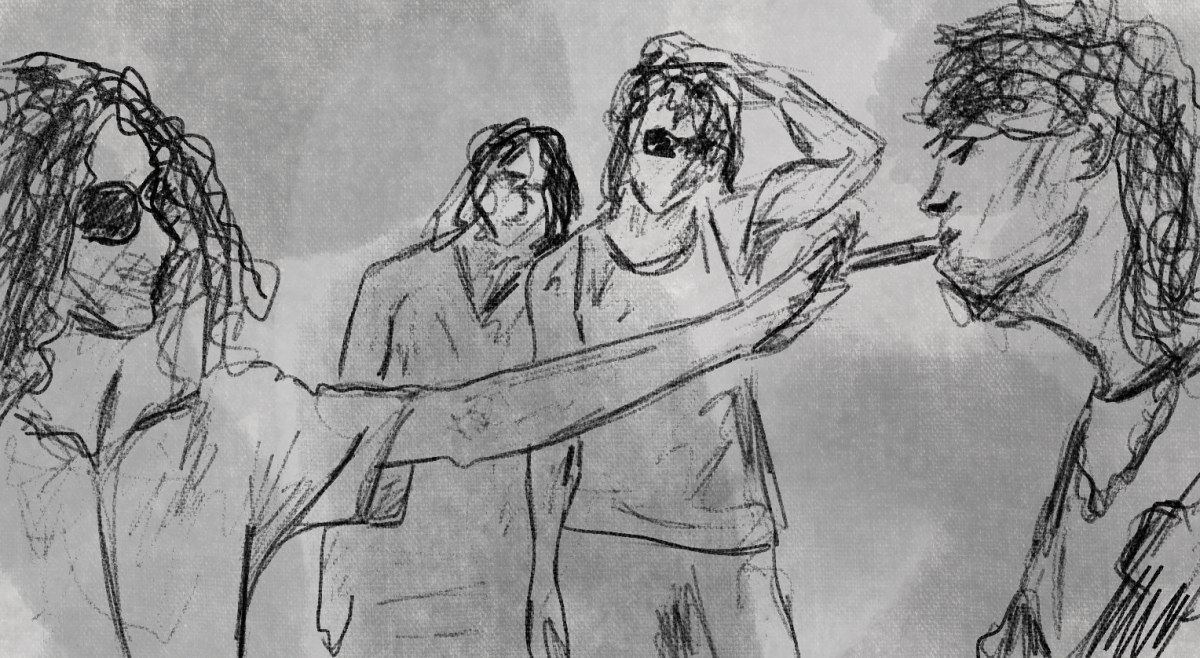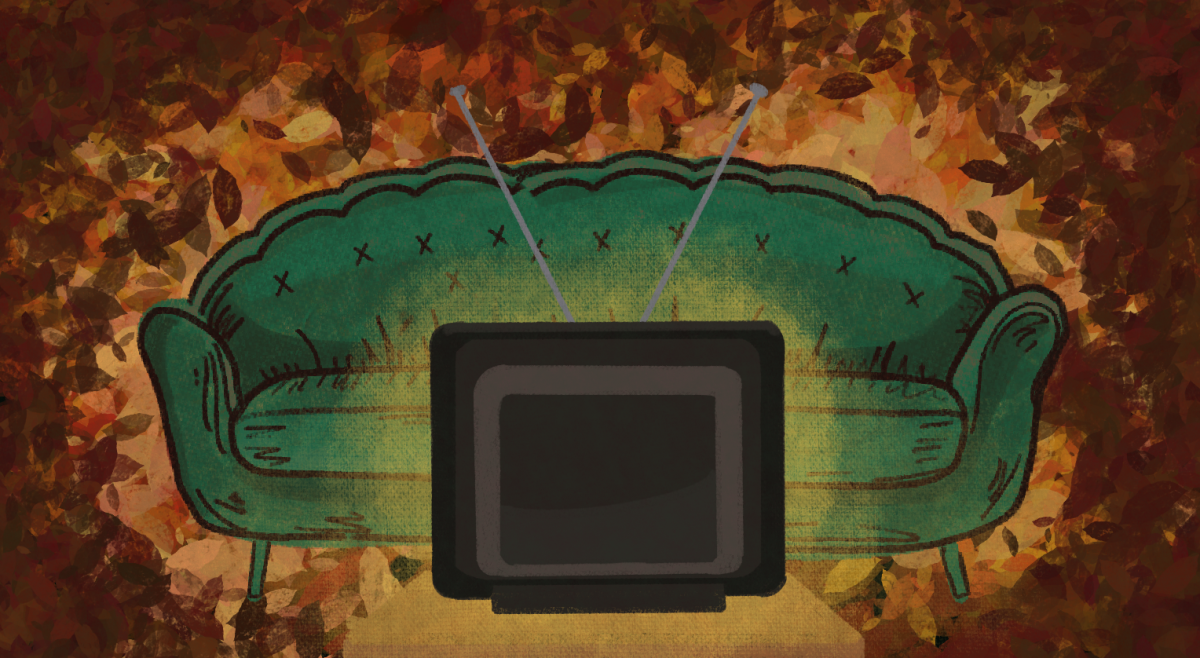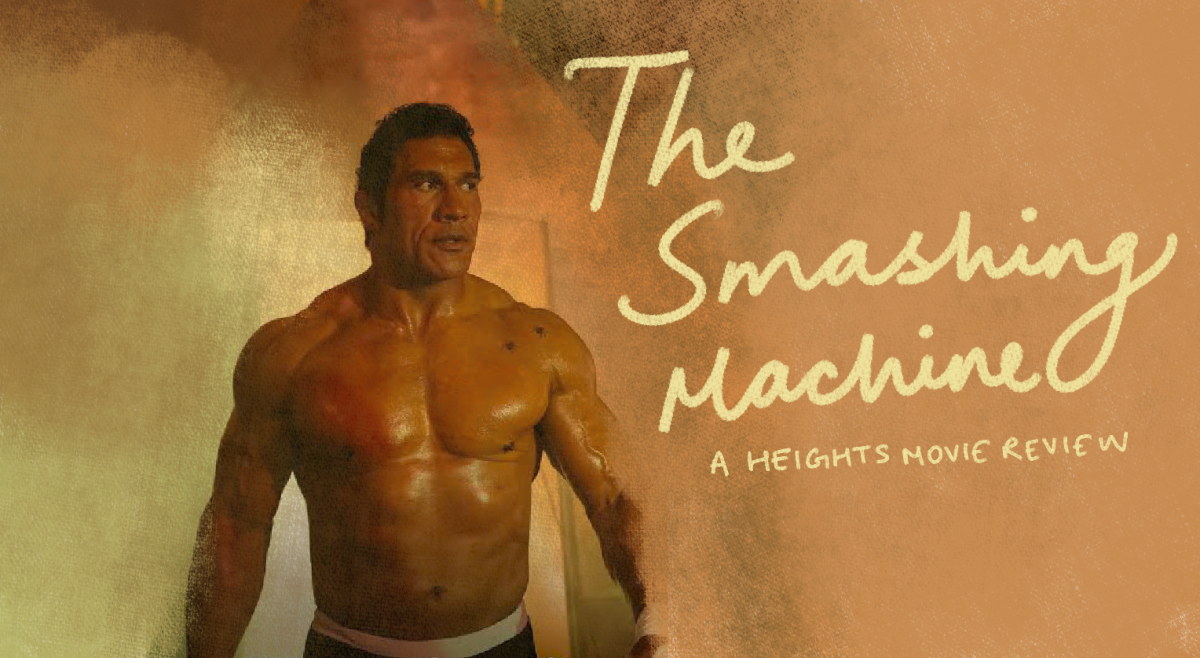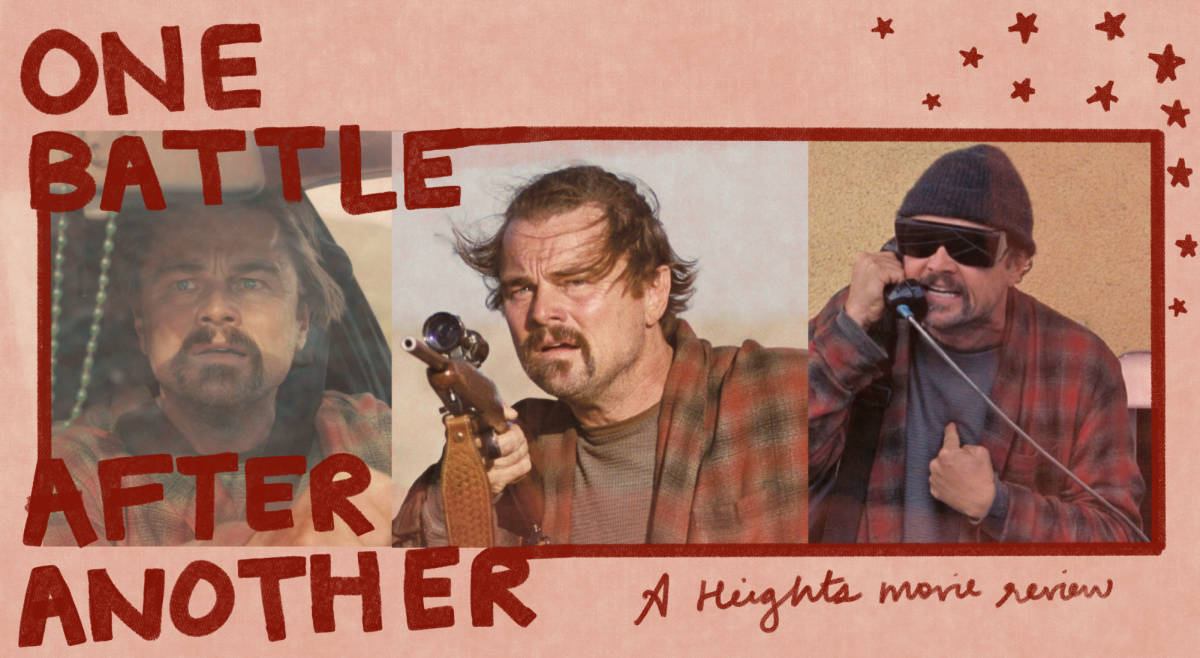
The Sense of an Ending was made to be watched early on a Tuesday afternoon, in a small independent theater, seated next to your bridge partners, right before a 5:30 dinner reservation at Red Lobster. In other words, The Sense of an Ending makes it abundantly clear that it has a target audience. If the viewer isn’t a cinephile, an anglophile, or a member of this older intended audience, The Sense of an Ending probably won’t be very enjoyable.
For those who fit these categories, however, you’ll find a good movie in The Sense of an Ending. The film plays with the nature of time and truth, jumping forward and backward in the life of Tony Webster (Jim Broadbent), an elderly Londoner who owns a tiny camera shop squished between an alley and a real store.
In the present, Tony leads a lonely and quiet life. He meets with his ex-wife Margaret (Harriet Walter) on occasion, as well as stopping in to see his pregnant daughter Susie (Michelle Dockery). His quiet and relatively peaceful existence is disturbed when Tony receives a letter willed to him by an old friend, The Sense of an Ending begins to jump backward in time, to Tony’s days as a schoolboy. The object willed to him turns out to be a diary, written by a woman he had been close with, Sarah Ford (Emily Mortimer). When he goes to the office that manages her estate, he finds that the diary is being withheld from him by Sarah’s daughter Veronica (Charlotte Rampling). Veronica is Tony’s age, and a woman he had a relationship with in his youth, before marrying his now ex-wife. Tony resolves to seek out Veronica, so that he may claim the possession that was legally given to him.
Here, The Sense of an Ending splits into what almost feels like two separate films. The audience follows present-day Tony, trying to track down present-day Veronica and understand why she has been keeping her mother’s diary from him. At almost the same time, it follows young Tony (Billy Howle) in his college days, as he meets young Veronica (Freya Mayor) for the first time and falls almost immediately in love with the beautiful and mysterious girl obsessed with cameras. The parts of The Sense of an Ending set in the past are shown to the audience as Tony’s recounting of events to his patient and yet slightly-inconvenienced ex-wife.
The audience learns the truth of the events that occurred, and the reasons for Veronica’s refusal to give Tony her mother’s diary, along with Tony himself. The Sense of an Ending plays through the same few past scenes repeatedly throughout the entire movie, and yet they change each time as Tony learns more and more about the other side of the story. In his old age and bitterness, Tony’s mind had twisted the events to suit his fancy. In this way, The Sense of an Ending explores the idea of bias and its exacerbation with time. Tony only ever knew his side of the story, and with time, these memories were coated and smoothed like a pearl to be more palatable to the man in his retirement.
While none of these characters are particularly complex, all of the actors excel in portraying them. Every characters seems to merely circle Tony, as he weaves a path of annoyance through the rest of their lives. Jim Broadbent, who might be better known as Prof. Slughorn from the Harry Potter movies, plays the crotchety British Tony quite well, especially as Tony begins to realize that he was viewing his own past with very rose-colored glasses.
While The Sense of an Ending isn’t action-packed, mystery-filled, or a barrel of laughs. Some of it is really quite depressing. Tony is a jerk for almost the entirety of the film, and his eventual redemption isn’t quite as satisfying as one might like. While the actors do well, there aren’t any groundbreaking performances, and the story is intriguing, but not riveting. The Sense of an Ending is a good movie, but it’s not a great movie. If you don’t fit the narrow audience that The Sense of an Ending is intended for, the film probably won’t be much fun. Maybe return to The Sense of an Ending in 60 years, after you get your AARP card.
Featured Image by Lionsgate Films

